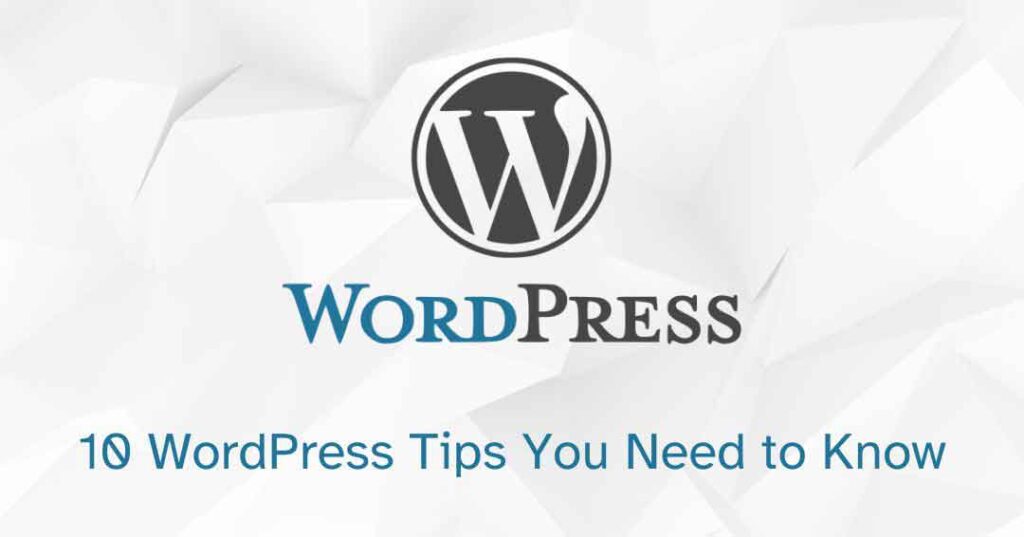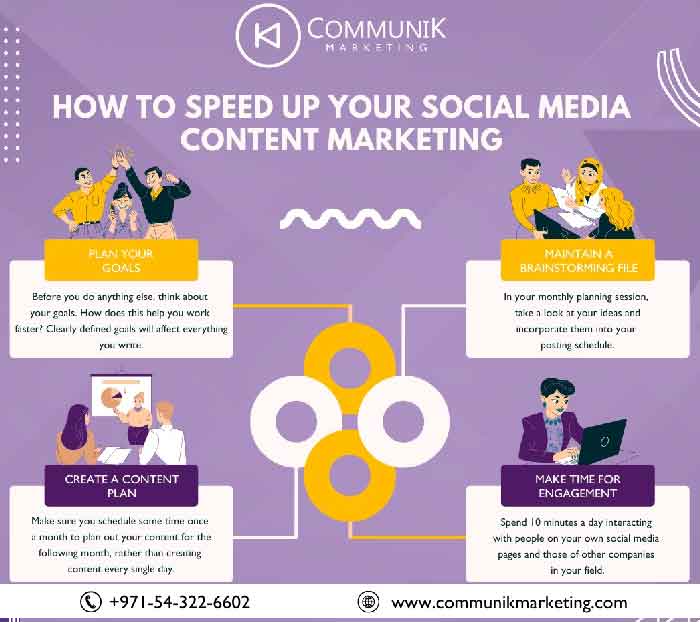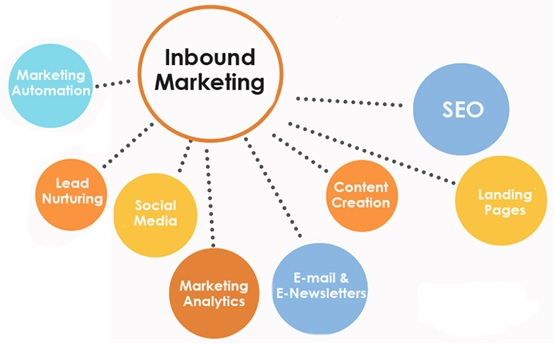10 Useful WordPress Tips You Need to Know as a Developer
What is WordPress? WordPress is a really popular way to make your own website or blog. It’s super simple to use, and it’s used for more than 1 in 4 websites on the Internet. It’s also free for anyone to use and change. It helps you manage your website without needing to be a computer expert. So, even if you’re not good at computer stuff, you can still make a website with WordPress. WordPress is a popular open-source content management system (CMS) and website-building platform. It is written in PHP and uses a MySQL database to store and manage website content. WordPress is known for its flexibility, ease of use, and extensive plugin ecosystem, making it a widely used platform for creating and managing websites of various types, from blogs and personal websites to e-commerce stores and corporate websites. Key features and aspects of WordPress include: User-Friendly Interface: WordPress provides a user-friendly dashboard that allows users, even those with minimal technical knowledge, to create and manage website content easily. It uses a WYSIWYG (What You See Is What You Get) editor for content creation. Themes: WordPress offers a vast library of free and premium themes that can change the look and layout of your website. These themes are customizable, allowing you to create a unique design for your site. Plugins: WordPress has a rich ecosystem of plugins that extend its functionality. These plugins can add features such as SEO optimization, e-commerce capabilities, social media integration, and more. Blogging: While WordPress is versatile enough to create any type of website, it initially gained popularity as a blogging platform. It includes robust blogging features like categories, tags, and commenting systems. SEO-Friendly: WordPress is known for its search engine optimization (SEO) capabilities. Many SEO plugins are available to help improve your website’s visibility in search engine results. Community and Support: WordPress has a large and active user community, which means you can find plenty of documentation, tutorials, and support forums to help you with any questions or issues you may encounter. Security: WordPress takes security seriously and releases regular updates to patch vulnerabilities. However, it’s essential to keep your WordPress installation, themes, and plugins up to date to maintain the security of your website. Scalability: WordPress can be used to create small personal blogs or large, complex websites. It can scale to accommodate your needs as your website grows. Multilingual Support: WordPress supports multiple languages and allows you to create multilingual websites using plugins or built-in features. Open Source: WordPress is open-source software, which means it’s free to use, modify, and distribute. This open nature has contributed to its widespread adoption and continuous development by a global community of developers. Overall, WordPress is a versatile platform that empowers individuals, businesses, and organizations to create and manage websites without requiring extensive technical expertise. Its flexibility and large ecosystem of themes and plugins make it a popular choice for a wide range of web projects. Who Created WordPress and How Long Has It Been Around? WordPress started in 2003 as a project by Matt Mullenweg and Mike Little. Now, it’s made by a big community of people. Matt Mullenweg is a key figure in WordPress and the founder of Automattic, the company behind WordPress.com. WordPress has come a long way since 2003 and is now the most popular way to create websites of all kinds. What Types of Websites Can You Make with WordPress? In the past, WordPress was mostly for blogs, but that’s not true anymore. Nowadays, you can make all kinds of websites with it. With WordPress You can create ; business websites online stores Blogs Portfolios Resumes Forums Social Networks membership sites, and more. Basically, you can make any website you can think of using WordPress. What’s the Difference Between WordPress.org and WordPress.com? There are two versions of WordPress: WordPress.org and WordPress.com. WordPress.org is free and open-source. You can install it on your own web hosting to make a website that’s completely yours. WordPress.com is a paid service that’s easier to use but less flexible. Usually, when people say “WordPress,” they mean the self-hosted version at WordPress.org. If you want full control of your website, go with WordPress.org. You just need a hosting service and a domain name to get started. 10 Insightful WordPress Tips to Follow as a Developer WordPress has emerged as one of the most widely-used content management systems (CMS) globally, powering more than 40% of all websites on the internet. Lots of different people and businesses use WordPress. Even the website you’re on right now is powered by WordPress. Many well-known companies and individuals also use it for their websites. For example;The official Whitehouse.gov website is powered by WordPress, Microsoft uses WordPress to power its official blog. It also uses WordPress to power blogs for specific products like Windows and Skype For developers, mastering WordPress is a valuable skill that can open up numerous opportunities in the field of web development. To help you excel in your journey as a WordPress developer, we’ve compiled a list of ten insightful tips. These tips will not only boost your efficiency but also elevate the quality of your work. Keep Your WordPress Core and Plugins Updated : Regularly updating your WordPress core installation and plugins is fundamental. Updates often include security fixes, bug resolutions, and performance enhancements. Ignoring updates can expose your websites to security threats and compatibility issues. Prioritize creating backups before updating and conduct testing in a staging environment before applying updates to the live site. Choose Reliable Themes and Plugins : Selecting the right themes and plugins is pivotal in WordPress development. Opt for well-established, reputable themes and plugins from trusted sources like the WordPress.org repository. Avoid using pirated or unsupported themes and plugins, as they can introduce security vulnerabilities and compatibility challenges. Understand the WordPress Codex and Documentation : The WordPress Codex and official documentation are invaluable resources for developers. They offer comprehensive information about WordPress functions, hooks, and best practices. Familiarizing yourself with these resources will help you write cleaner, more efficient code and troubleshoot issues effectively. Use Child





